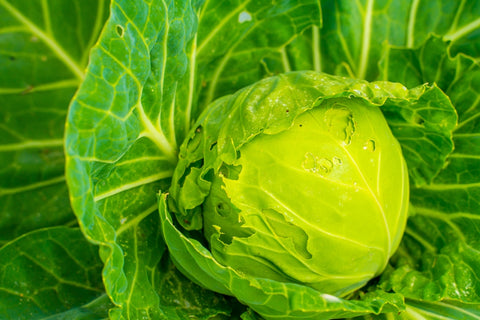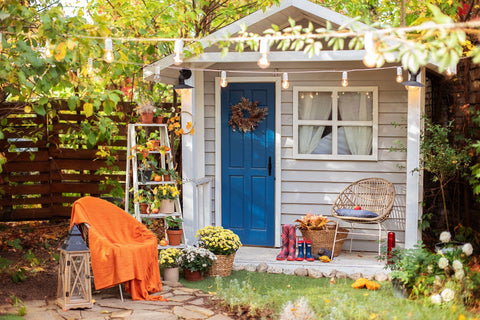More than ever, sustainable gardening practices are important in today's ecologically concerned world. Using raised beds in garden design is one such trend that is becoming more and more common. Enhanced plant growth, greater drainage, and higher-quality soil are just a few benefits of raised beds. They do, however, also offer a fantastic chance to conserve water. We'll look at ways to increase water saving in raised beds in this post so you can have a gorgeous, environmentally responsible garden.The following content also has some reference value for raised garden beds.
Proper Bed Design
The design of your raised beds plays a crucial role in water conservation. When constructing your raised beds, consider the following design principles:
- Size and Height: Opt for beds that are not too wide, typically no more than 4 feet across. This ensures that you can easily reach the center without compacting the soil. Additionally, taller beds will require more water than shorter ones, so aim for a height of 6 to 12 inches.
- Pathways: Leave adequate space between your raised beds for pathways. These pathways can be mulched to prevent soil erosion and conserve water.
- Slope: Ensure that your raised beds have a slight slope, allowing water to drain efficiently. This prevents water from pooling, which can lead to overwatering and root rot.
Quality Soil
The soil in your raised beds is the foundation of a successful garden. By investing in high-quality soil, you can improve water retention and minimize water waste. Here's how to create the ideal soil mix for water conservation:
1.Organic Matter: Incorporate plenty of organic matter like compost into your soil mix. This improves the soil's water-holding capacity and provides essential nutrients for your plants.
- Mulch: Apply a layer of mulch on top of your soil to reduce evaporation, prevent weeds, and regulate soil temperature.
-
Vermicompost: Use vermicompost, which is rich in beneficial microorganisms, to enhance soil structure and water retention.

Smart Irrigation
Watering your raised beds efficiently is critical to conserving water. Here are some smart irrigation practices to consider:
- Drip Irrigation: Drip irrigation systems deliver water directly to the root zone of plants, minimizing water wastage through evaporation and runoff.
- Soaker Hoses: Soaker hoses are another excellent option, providing slow and consistent water distribution.
- Rain Barrels: Collect rainwater in barrels and use it for watering your raised beds. This free, natural source of water can significantly reduce your water bills.
- Watering Schedule: Water your garden during the early morning or late afternoon to reduce evaporation losses. Be sure to water deeply but less frequently to encourage deeper root growth.
Plant Selection and Spacing
Choosing the right plants for your raised beds is key to water conservation. Native and drought-resistant plants are excellent choices, as they require less water to thrive. Additionally, proper spacing between plants allows for better air circulation and reduces competition for water.
Regular Maintenance
Maintaining your raised beds is crucial for efficient water conservation. Keep an eye on your garden to identify any issues, such as leaks in the irrigation system, pests, or disease, which can lead to unnecessary water use. Also, remove weeds promptly, as they compete with your plants for water and nutrients.

Conclusion
Water conservation in raised beds is not only environmentally responsible but also beneficial for your garden's health and productivity. By implementing proper design, soil preparation, irrigation, and plant selection, you can enjoy a thriving garden while using less water. Raised beds offer an ideal platform for sustainable gardening, allowing you to contribute to a more eco-friendly future, one garden at a time.









